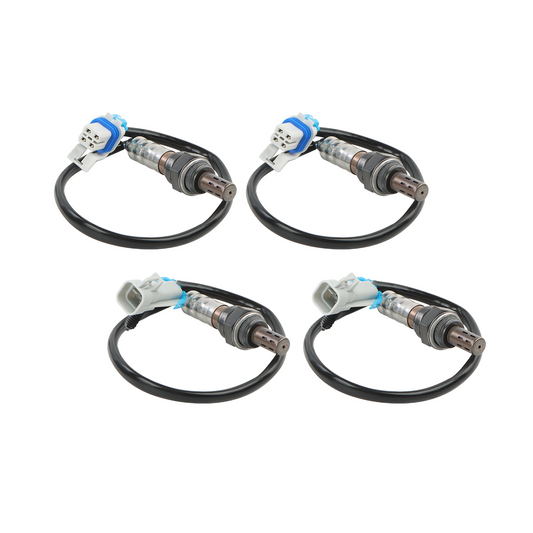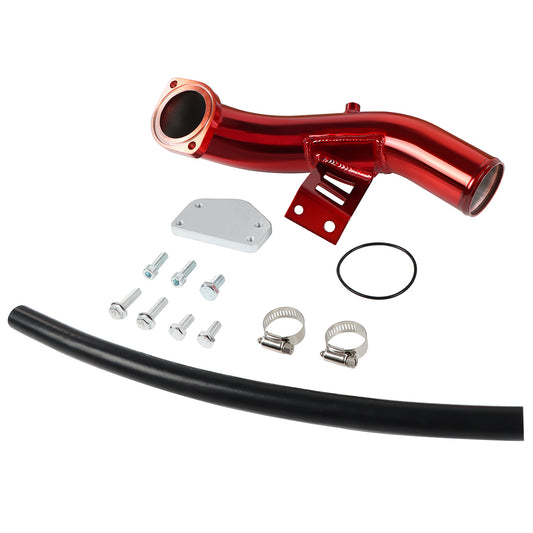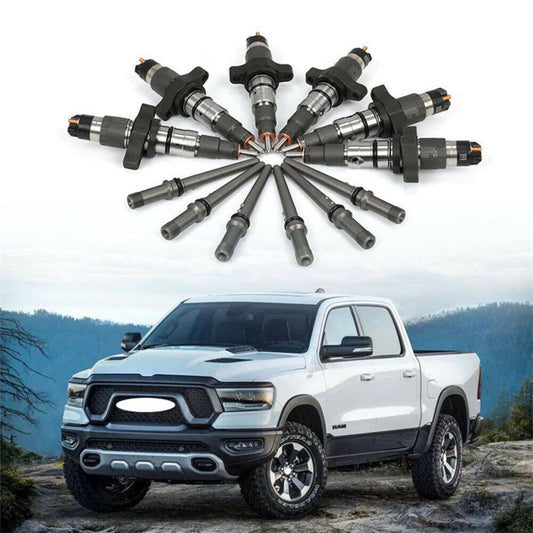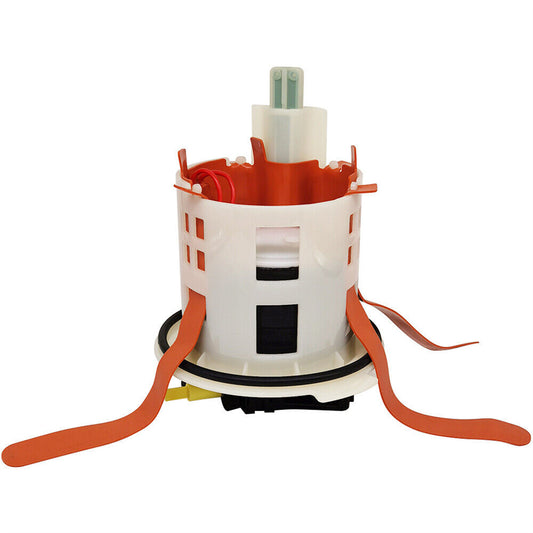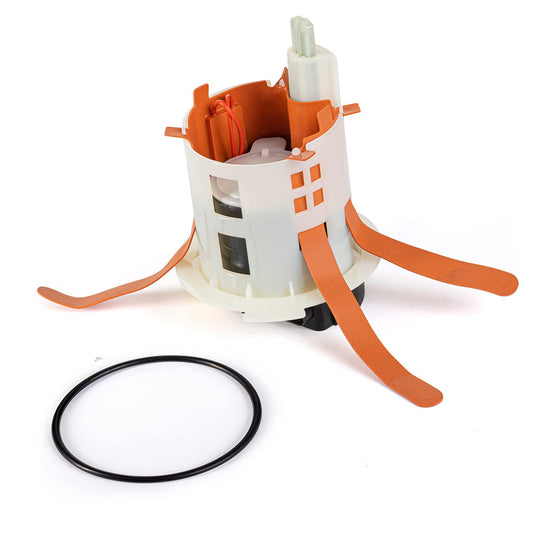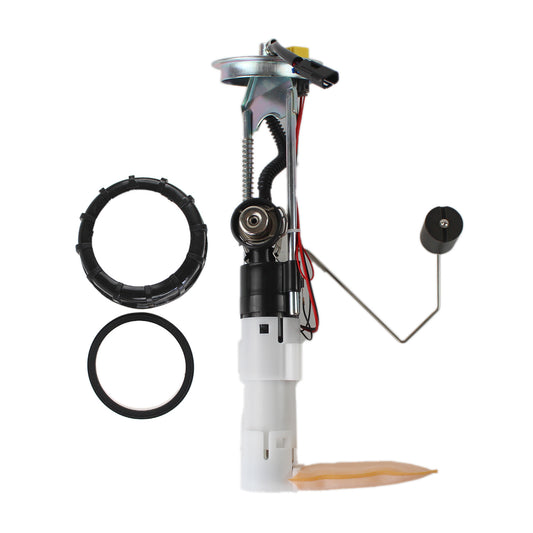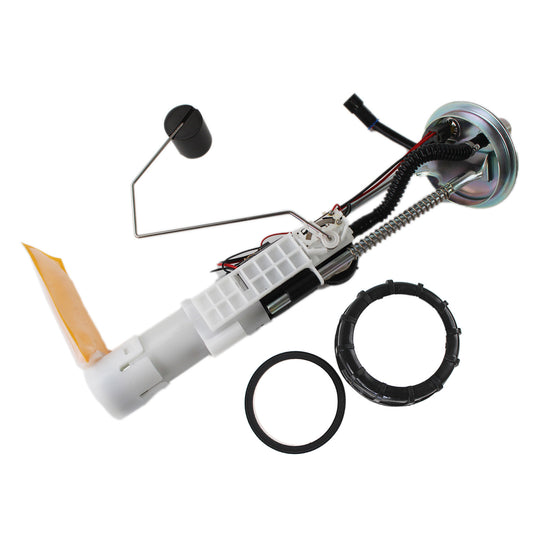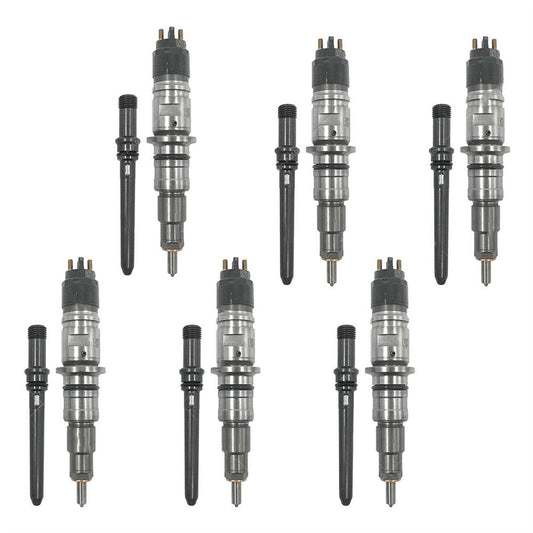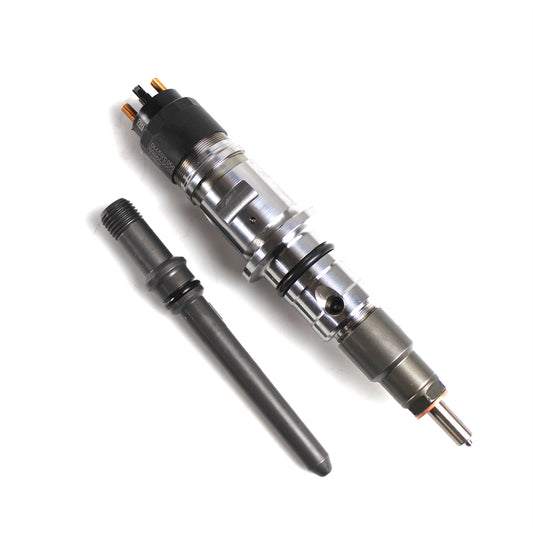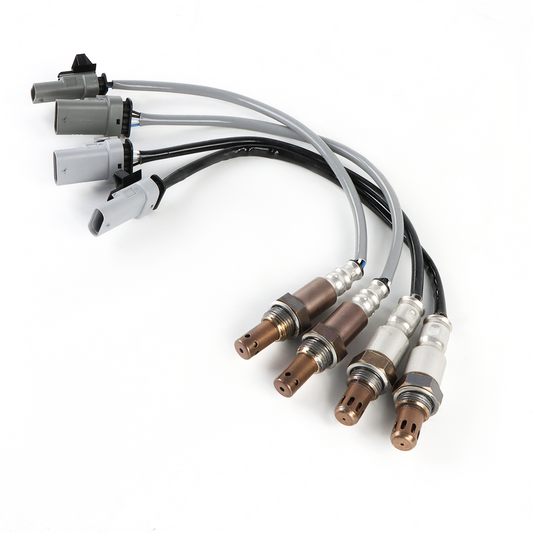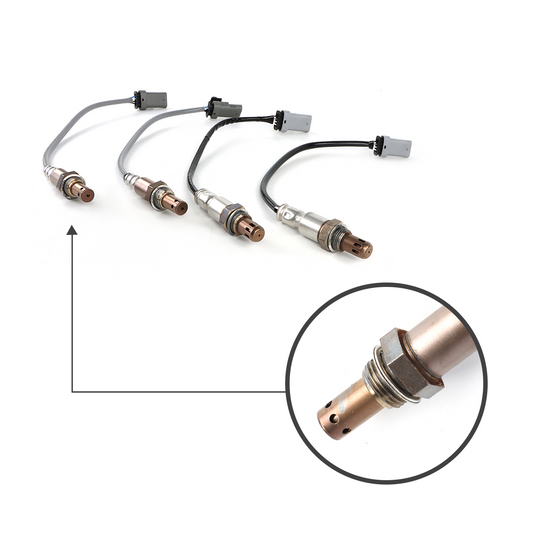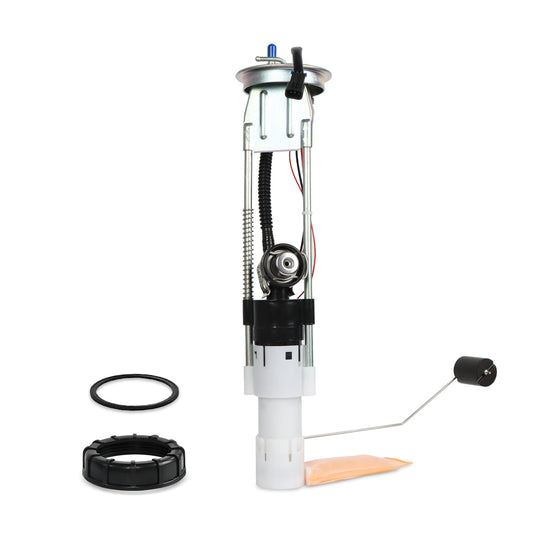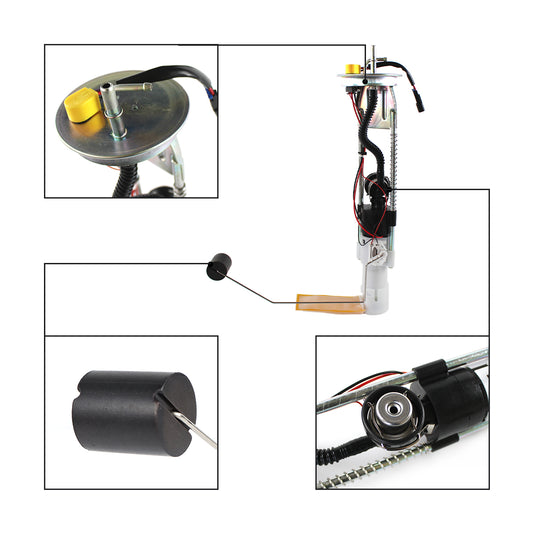Where is the Oxygen Sensor Located in Your Vehicle?
The oxygen sensor plays a crucial role in optimizing fuel efficiency and reducing harmful emissions in modern vehicles. Understanding its location can be helpful for troubleshooting and maintenance purposes. In this blog post, we will explore the typical locations of oxygen sensors in vehicles, providing you with valuable information.
The Importance of the Oxygen Sensor: Before diving into the location details, let's briefly recap the importance of the oxygen sensor. This electronic device measures the oxygen content in the exhaust gases and provides feedback to the engine control unit (ECU). The ECU utilizes this data to adjust the air-fuel mixture, ensuring efficient combustion and minimizing emissions.
Common Locations of Oxygen Sensors: While the exact placement varies among different vehicle makes and models, here are the common locations where you can find oxygen sensors:
-
Upstream/Pre-Catalytic Converter: Most vehicles have at least one upstream oxygen sensor located before the catalytic converter. It is typically positioned along the exhaust pipe, closer to the engine. This sensor measures the oxygen levels in the exhaust gases before they enter the catalytic converter.
-
Downstream/Post-Catalytic Converter: In some vehicles, there is an additional downstream oxygen sensor situated after the catalytic converter. Its purpose is to monitor the emissions after they have passed through the catalytic converter, ensuring the converter's proper functioning. The downstream sensor can be found further down the exhaust pipe.

Identifying the Oxygen Sensor: To locate the oxygen sensor(s) in your vehicle, you can follow these general steps:
-
Consult the Owner's Manual: The owner's manual should contain specific information about the location and number of oxygen sensors in your vehicle. It is always a good starting point for accurate details.
-
Locate the Exhaust System: Find the exhaust manifold or exhaust pipe under the vehicle. The oxygen sensor(s) will be threaded into the exhaust system.
-
Look for Cylinder-Shaped Components: Oxygen sensors are typically cylindrical in shape, with wires coming out of one end. They may be visible from underneath the vehicle or accessible from the engine compartment.
-
Determine Upstream and Downstream Sensors: Based on the information provided earlier, you can identify which sensors are positioned before or after the catalytic converter.
Conclusion: Knowing the location of the oxygen sensor(s) in your vehicle is valuable when it comes to maintenance, troubleshooting, or potential replacement. Most vehicles have at least one upstream sensor before the catalytic converter, while some may also have a downstream sensor after it. By understanding these locations and consulting your owner's manual, you can effectively address issues related to fuel efficiency and emissions.
Remember, if you are uncertain about locating or dealing with the oxygen sensor, it is recommended to seek assistance from a professional mechanic who can provide specific guidance tailored to your vehicle.


